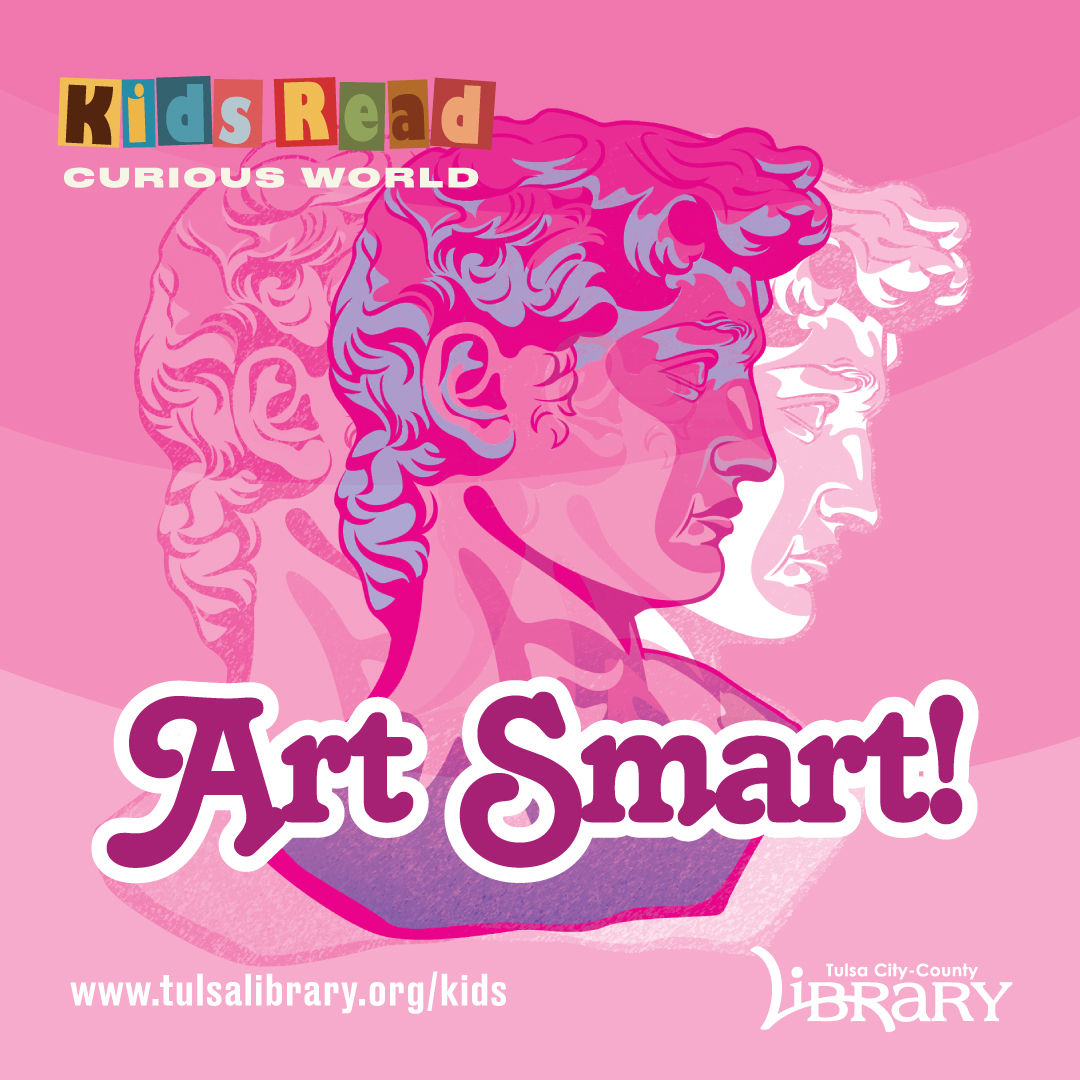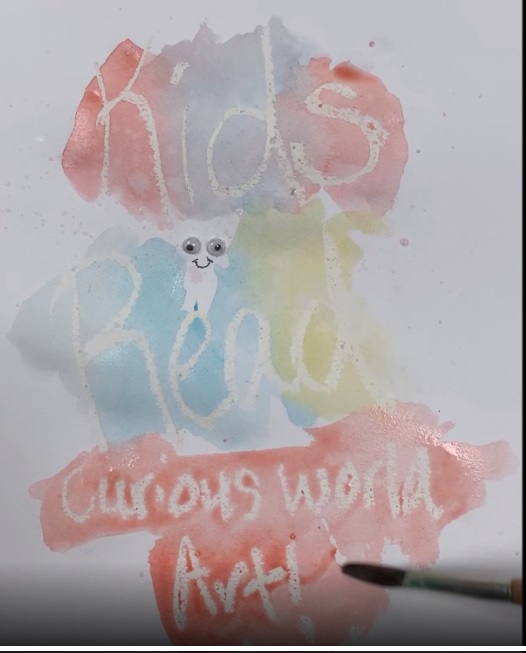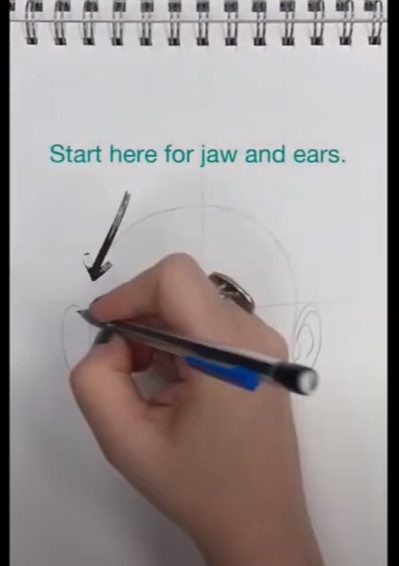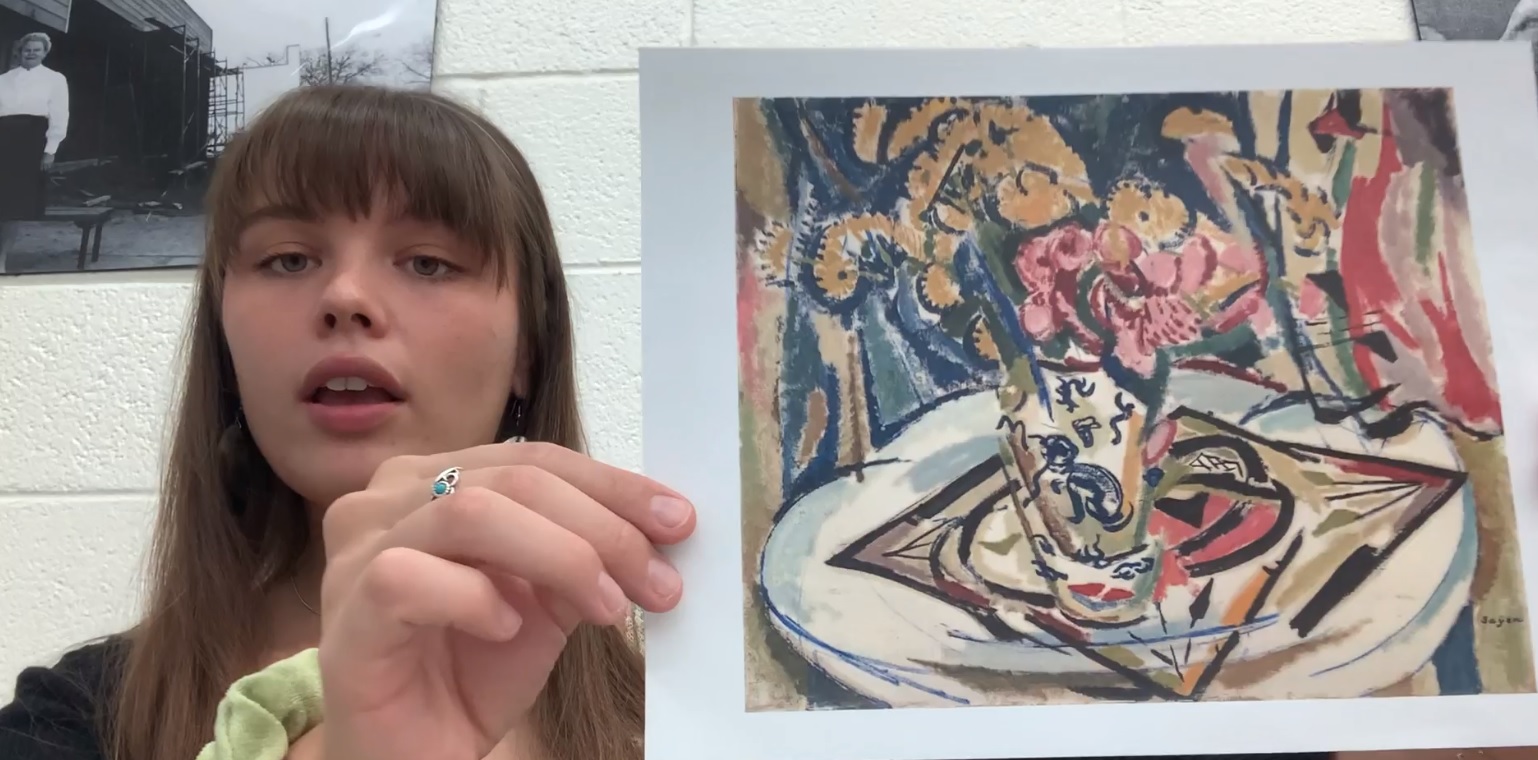Let's take a look at ART MASTERPIECES! Are you an artist? Or do you just appreciate the art around you, from murals to paintings to graffiti to picture books? Take a trippy trip through art you can do and art you can look at, and remember: art is all around you!

Ms. Heather Demonstrates Watercolor Techniques!
Watch Ms. Heather demonstrate how to use watercolor in different ways!
https://www.youtube.com/watch?v=UkD-haBIbHg
How To Draw a Face with Ms. Lauren!
Ms. Lauren shows basic techniques to draw people's faces - like your mom, sister, teacher, or even yourself!
Visual Thinking Strategies with Ms. Aubrey!
Ms. Aubrey explains what "VTS" - Visual Thinking Strategies - are and how YOU can use them to understand art better!
https://www.youtube.com/watch?v=7u6e_Ku9FV8
Read more about VST in this worksheet here, or look at the information below this!
Visual Thinking Strategies (VST): An Introduction
Visual Thinking Strategies (VTS)
VTS is a practice that originated at the Muesum of Modern Art in New York (MOMA) in 1991 as a way to promote visual literacy through critical visual analysis of works of art. The practice of VTS will help students notice details, ask probing questions (research skills), use evidentiary reasoning (promotes context clues), question their own biases/assumptions (enhances background knowledge), and listen and respond respectfully to their peers
INSTRUCTIONS:
A group of individuals are directed to look at an *picture/image/artwork/object/item for 1 minute, or longer depending on the group’s age range, in silence. “Please look at the *picture silently and think about what you see. What's going on in the *picture?”
A question is then posed: “What is going on in the *picture?” The verbiage of this question is intentionally designed to invite any and all responses.
While a response is given, the facilitator points to any visual elements of the object that are explicitly referenced. The facilitator then, restates the observations that were made and asks for explanations of any unsubstantiated interpretations by asking “What do you see that makes you say that…?” This prompts the individual to analyze and give observational evidence for their thought process. This also is the time when other individuals are to be silent and listening to the speaker.
After listening to the follow up and restating the second response, the facilitator prompts more responses from the group by asking “What more can we find?” This question is intentionally structured in a way that does not validate or invalidate previous responses.
The discussion goes on until students have shared all they can about the picture.
The facilitator then summarizes what the group has said and thanks them for their cooperation and observations.
NOTE: This is important: the positionality of the facilitator is that of mediator, not expert. Facilitators must respond impartially. Professors often find this concept problematic, but allow me to reframe this for you. VTS is not intended to give students the right answers – rather it gives them the tools to find those answers on their own.
TIP: VTS is a great way to bring in more art & culture into lessons by beginning a unit with an image/photo/painting or by handing out “art cards” with small works of art printed on them as a break activity!
VTS prepares students to perform their own research; It trains them to identify a question and consider all potential outcomes.
In Our Catalogue: https://tccl.bibliocommons.com/v2/record/S63C3376674
TRY IT OUT!
What's going on in the picture?
What do you see that makes you say that?
What more can we find?

SOURCES:
https://www.colorincolorado.org/article/visual-thinking-strategies-improved-comprehension
Image used was from the Smithsonian Open Access-
https://www.si.edu/openaccess/faq
Object Details
Artist, H. Lyman Saÿen, born Philadelphia, PA 1875-died Philadelphia, PA 1918
Credit Line, Smithsonian American Art Museum, Gift of H. Lyman Sayen to his nation 1915
Object number,1967.6.18
Restrictions & Rights, CC0 Type, Painting Medium, oil on canvas
Dimensions, 30 1/8 x 36 1/8 in. (76.5 x 91.8 cm.) Department, Painting and Sculpture Smithsonian American Art Museum
Topic, Still life\other\vase Abstract Still life\flower Still life\furniture\table
Record ID, saam_1967.6.18
Metadata Usage (text), CC0
GUID (Link to Original Record)
http://n2t.net/ark:/65665/vk74c330787-0a35-4917-ae34-86c6bcd7f1d6
Books To Treasure: An Art-Based Program
The Books To Treasure (BTT) program is a Tulsa tradition that brings an artist and illustrator of children's picture books to Oklahoma every year to talk about their work. Every second grader in Tulsa and Tulsa County receives a free copy of a book illustrated by the BTT illustrator and a chance to get a special library card with that illustrator's artwork.
Learn more about the program here: https://www.tulsalibrary.org/kids/books-to-treasure
And browse these art-based lesson plans on books illustrated by past BTT honorees:
Lesson: Drawing and Analyzing Feelings in "Please Louise"
Lesson: Using Illustrations to Enhance a Story
Lesson: Hand-Lettering Quotations
Lesson: What Color Is Your Mood? How Artists Use Color
Lesson: Circus Circus: Creating Circus Art
Lesson: Art Lesson: "Bear Has a Story to Tell"
Lesson: Visual Art and Literacy: "Raccoon On His Own"
Kids Read Curious Detective: Art Smart
There's a lot to learn about art, and if you love learning about real things, this list is for you!
Kids Read Connector: Art Smart
Art features prominently in these books for Connector readers, who love to read about people and how they get along in the world. Hide in a museum with a brother and a sister, help Niko try to draw what he's feeling, or learn more about famous artists before they were famous.
Kids Read Magic, Dragons, and Swords: Art Smart
Do you love reading books with magic, dragons, and swords? These fantasy books that also have art and are perfect for you.
Kids Read Class Clown: Art Smart
What's funny about art? A lot, it turns out! If you love to laugh and want to laugh while learning about art, these books are for you!
Kids Read Adventure Time: Art Smart
This list is perfect for the kid who loves adventure with a side of art!
Kids Read Serial Reader: Art Smart
If you enjoy learning more about characters and how they change over time then you will enjoy these engaging serial reads. This list of books are from series but feature art-related stories.


